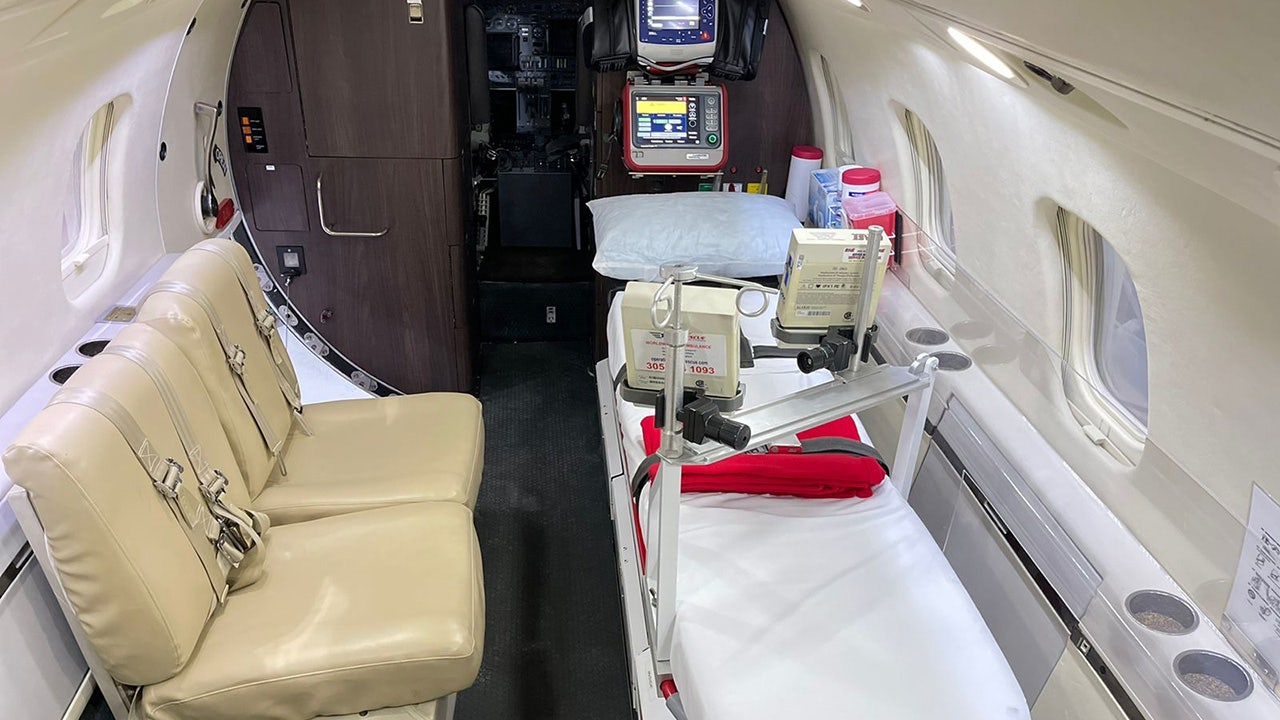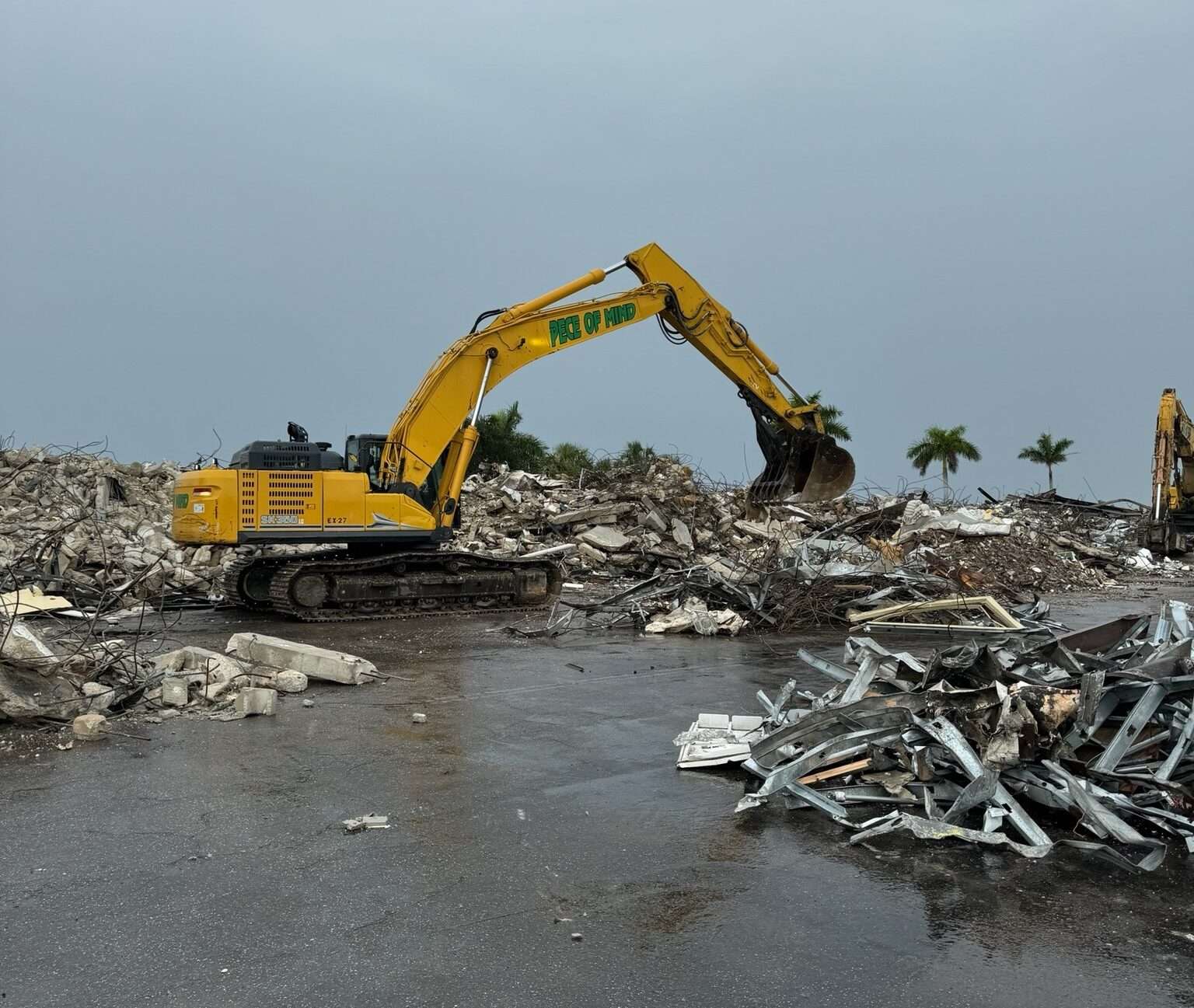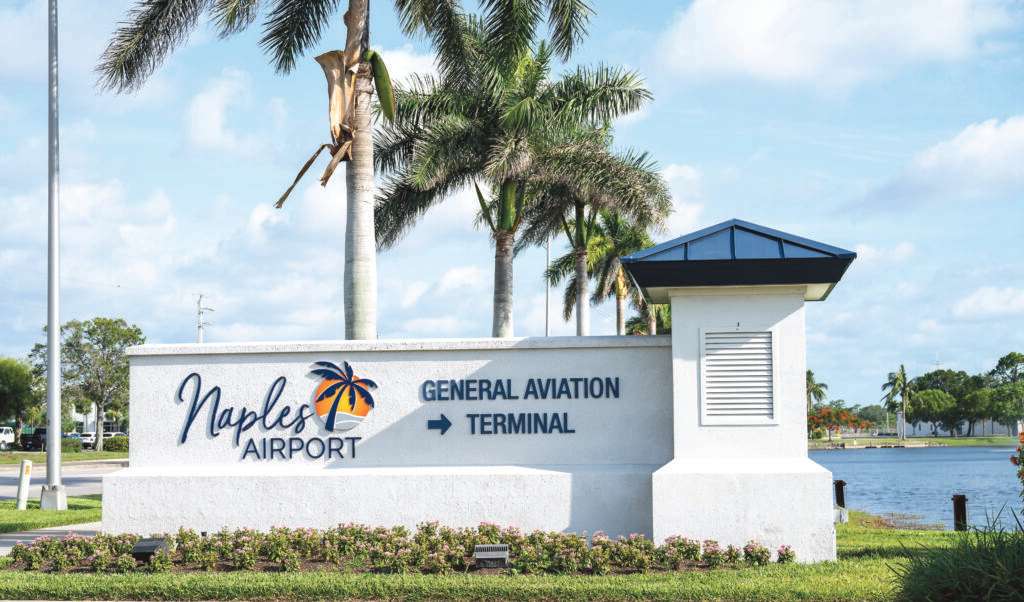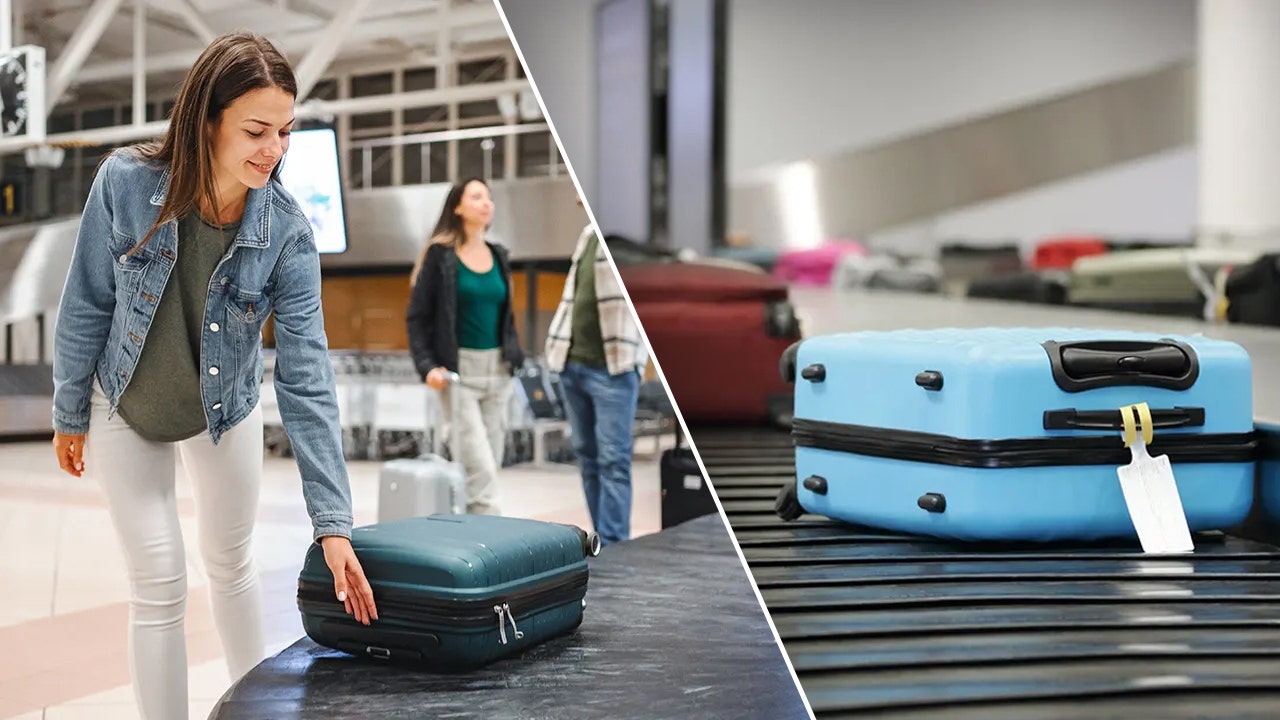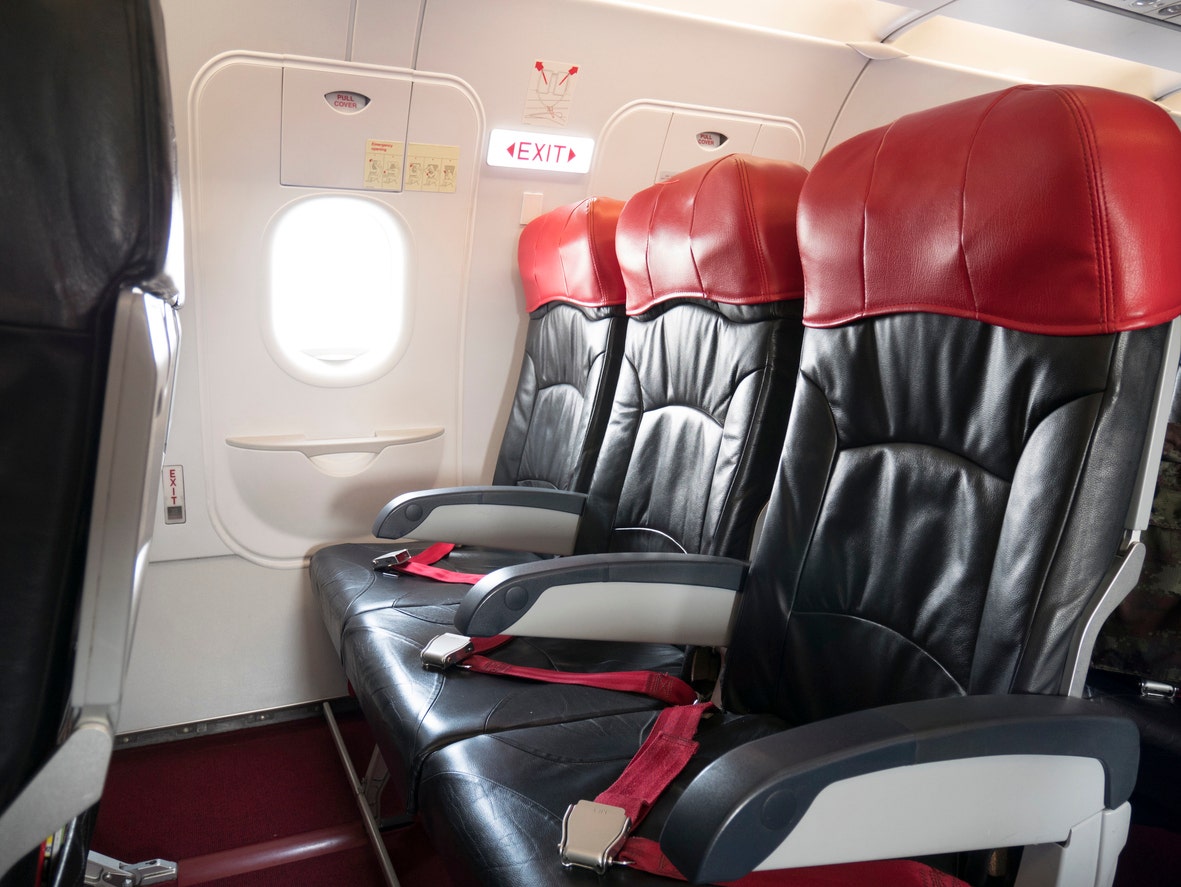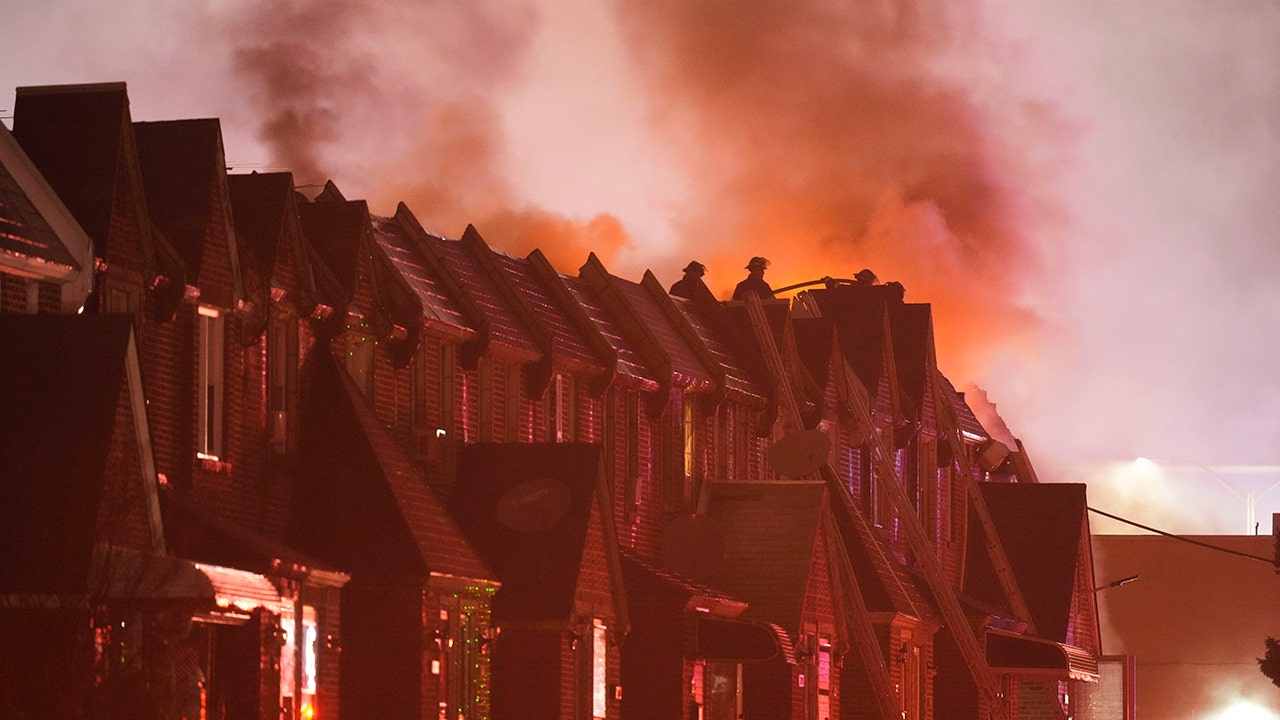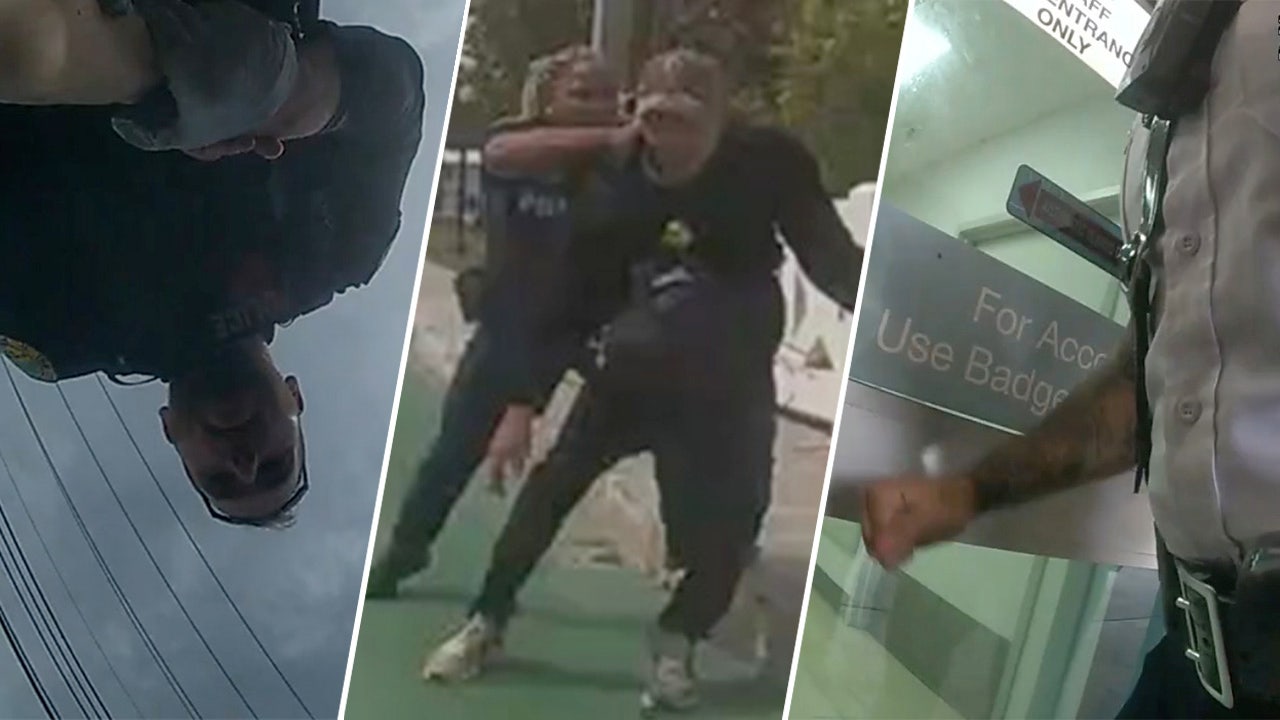Chilling audio reveals the final moments before a medical ambulance plane crashed in Philadelphia, with air traffic control drawing a haunting picture of the tragedy that unfolded. “What’s going on down there?” one controller urgently queries.
“We have a lost aircraft. We’re not exactly sure what happened. So, we’re trying to figure it out,” another controller confirms, moving swiftly to manage potential chaos. Their voices echo the tension and uncertainty of the moment, a stark reminder of the fragility of life and the duty of care entrusted to aviation professionals.
Jet Rescue Air Ambulance, the operator of the ill-fated flight, disclosed that the aircraft was a Learjet 55, taking off from Northeast Philadelphia Airport around 6:30 p.m. while carrying critical passengers.
Among those aboard were four crew members—captained by a pilot and copilot, alongside a physician and paramedic—along with a pediatric patient and her mother, all hailing from Mexico. Such personal stories they carried, intertwined with hope for medical salvation now turned to despair.
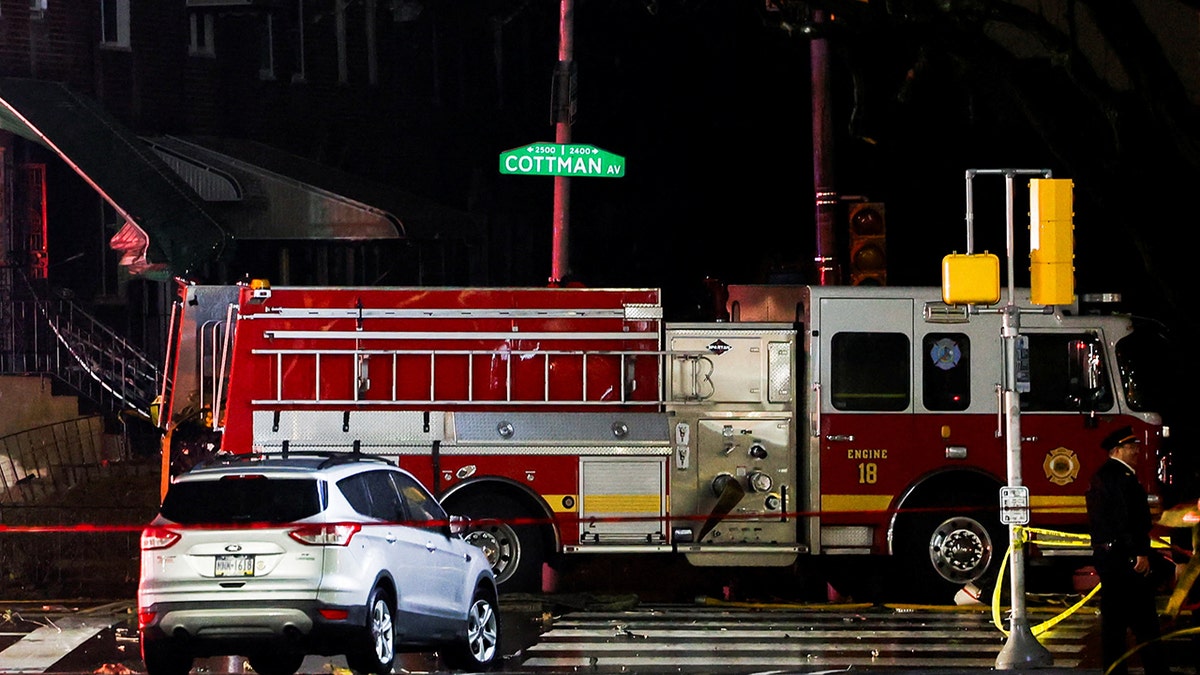
The Federal Aviation Administration verified six individuals were present on the flight, slated for Springfield-Branson National Airport in Missouri. Each person on board, faced with a journey unexpectedly cut short, becomes a part of broader questions about safety in the skies.
“The plane was out of the crew’s control. It was not controlled flight into terrain (CFIT).
A mechanical malfunction could have occurred with the stabilizer or elevator. An unsettling scenario arises where a load shift may have also played a role,” explains aviation expert Anderson. He contemplates the possible mismanagement of a medical stretcher, which if unsecured, could have significantly disrupted the aircraft’s balance in flight.
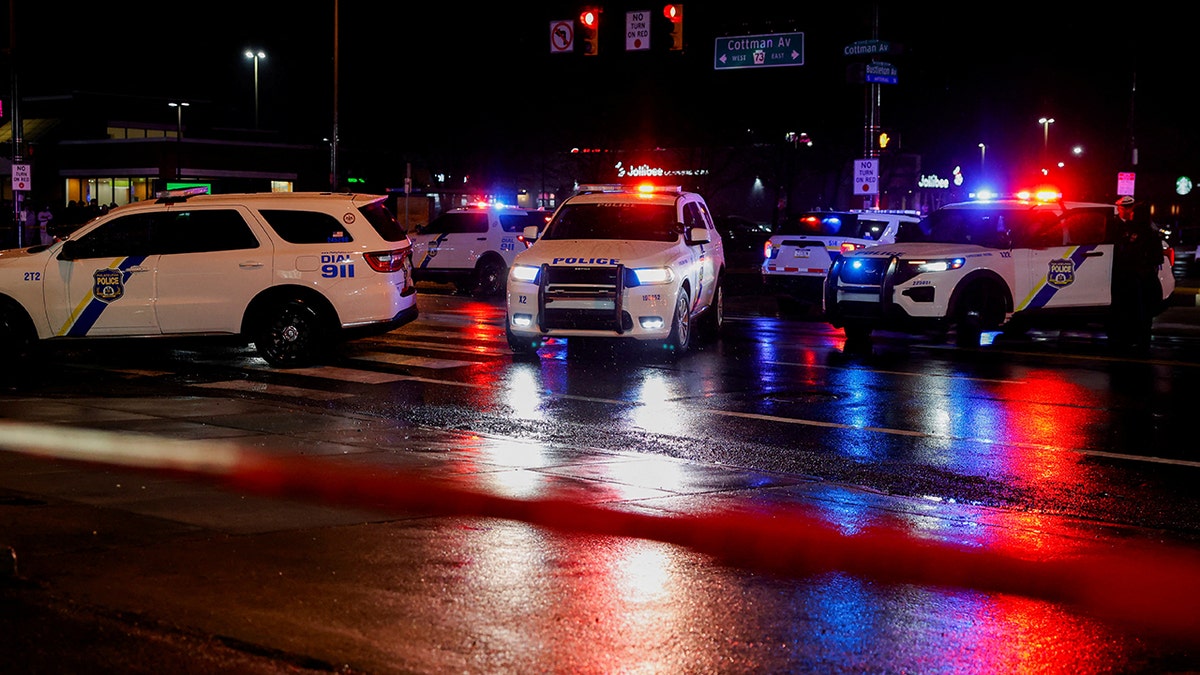
“This scenario could cause the nose to rise, leading to a stall of the wing. In situations like these, the angle of the aircraft’s descent becomes critical,” he adds, drawing attention to the harsh realities of flight mechanics. The trauma of the situation extends not only to the families of those involved but also to the community, grappling with the aftermath of another aviation tragedy.
The echo of this nightmarish incident reverberates, as it occurs a mere 48 hours following a collision between an American Airlines passenger flight and an Army helicopter near Reagan National Airport, claiming 67 lives. Each tragedy sketches a grim reminder of the dangers lodged in the safety of air travel, urging routine reflections on potential oversights and safety measures. In a world propelled forward by technology, the human element—one of trust and vulnerability—remains alarmingly exposed.


